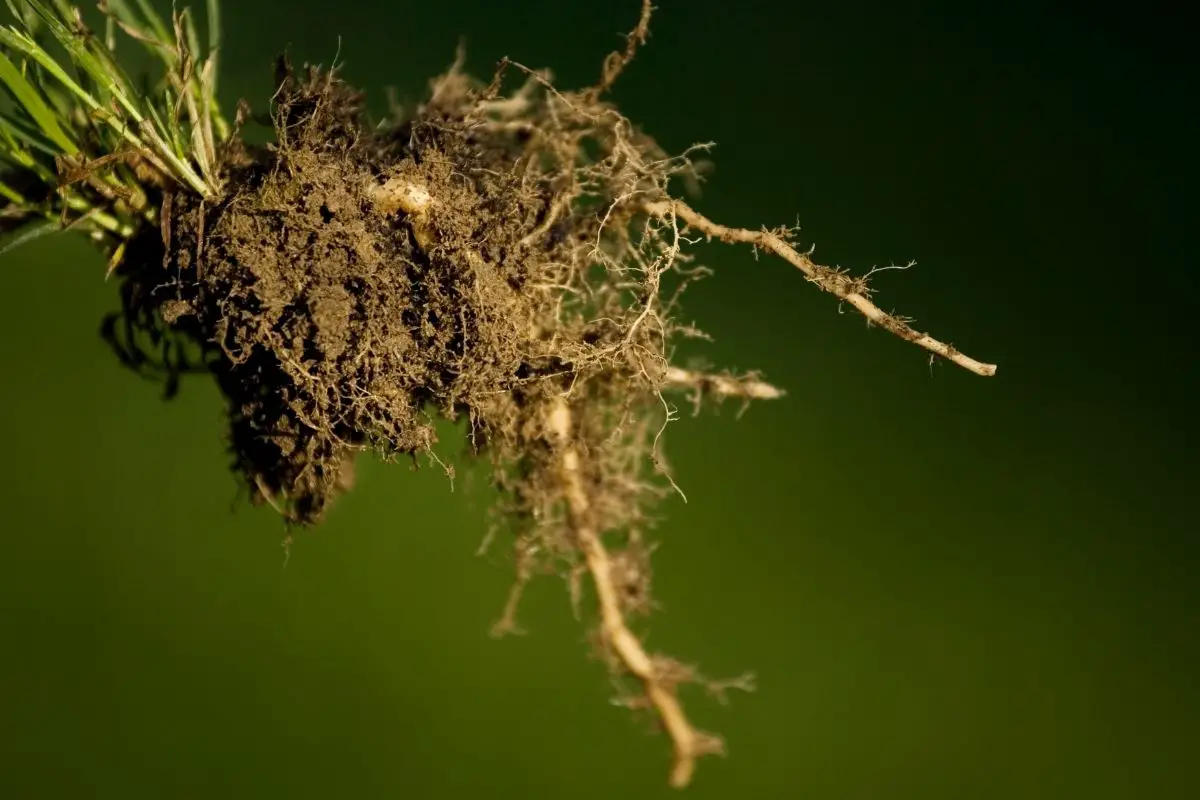
Gardening can be a rewarding and relaxing pasttime. If, like me, you work in a job that keeps you still and sedentary, if you are chained to a desk for the better part of the day, you should take up gardening. It is nice to go into the air and sun and dig your hands into the earth to plant a few seeds.
Not all your endeavors need to end with decorative plants and flowers. Depending on where you live, the quality of your soil, and the size of your garden, you may be able to grow fruits and vegetables that you can eat. I like to grow avocados in my garden. There are a great many dishes that can be made with them.
They can also be served as a main dish on their own, and I have discovered a range of dishes that make this possible. The avocado is as good a plant as any to start a gardening hobby. However, you should know something about the plant and how to grow, nurture, and care for it.
How Long Are Avocado Plant Roots?
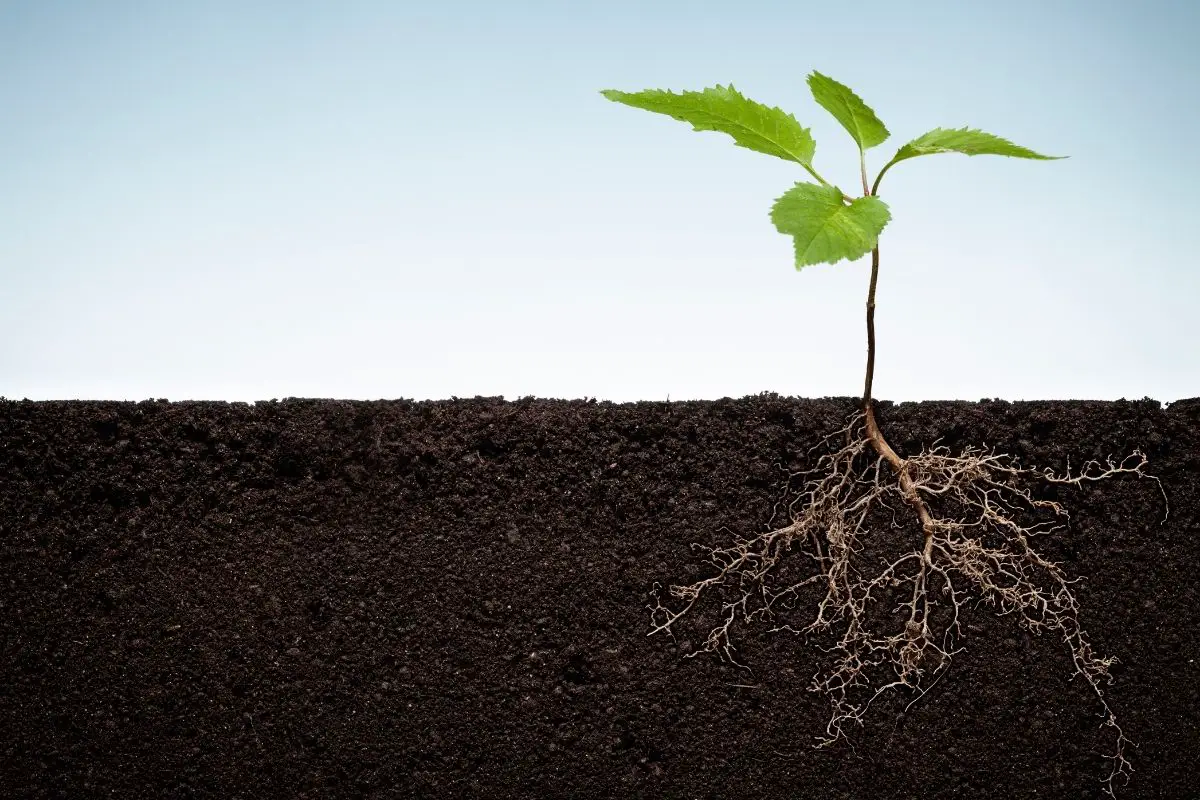
Avocado is native to warm and arid areas of North and South America. Hardier forms of it grow in subtropical climates such as California, Hawaii, Florida, and the Mediterranean. Plants and trees grow by sprouting roots and taking nutrients from the earth.
When growing anything in your garden, you must know how long and wide such roots will grow. This can affect other structures in your backyard and the gardens of homes next to yours. Most avocado feeder roots grow in the top 6 inches of soil.
However, it is important to keep in mind that the roots grow outward in all directions, reaching well beyond the avocado tree itself. The avocado plant prefers loose and well-drained soil, and it is highly tolerant of acidic and alkaline soil conditions.
Caring for Avocado Roots
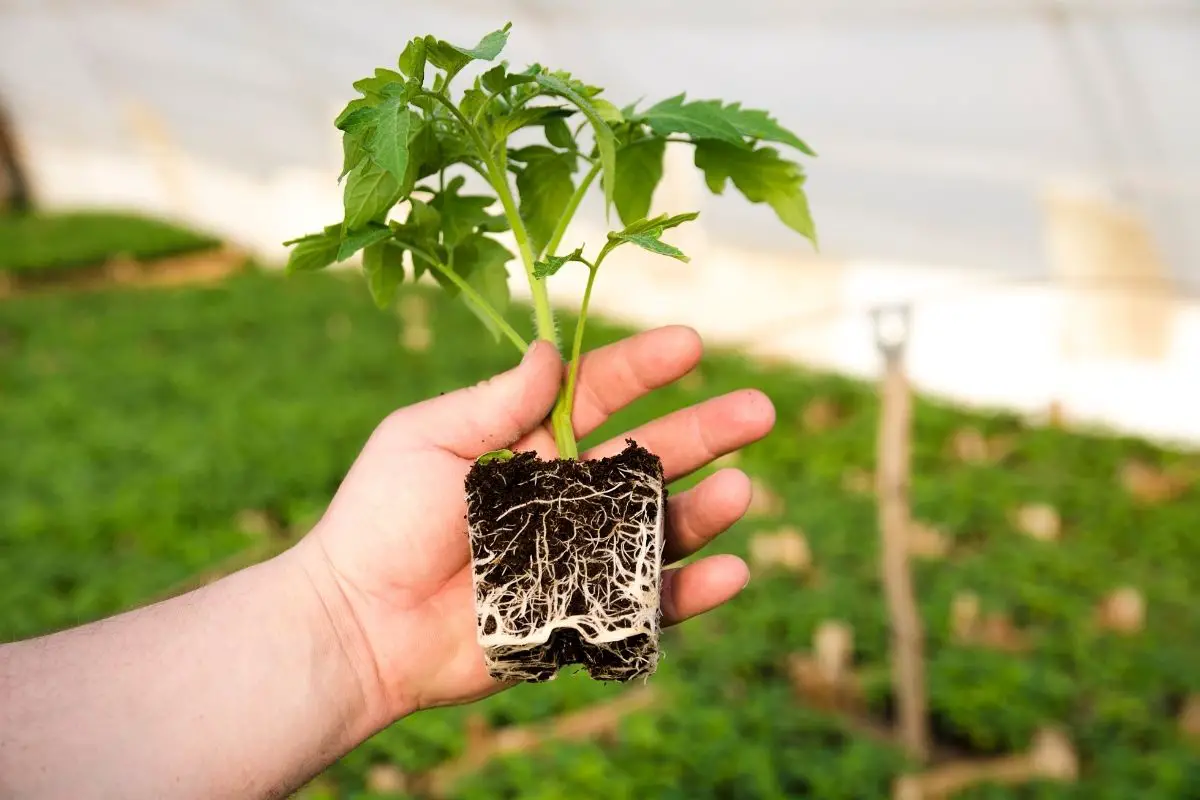
Avocado roots are relatively shallow. This makes the plant vulnerable to damage from large amounts of rain, flooding, and overwatering. If the plant remains wet for too long, it will lose the nutrients needed for growth.
If your garden goes through a prolonged period of saturation, the plant will die.
Growing the Plant
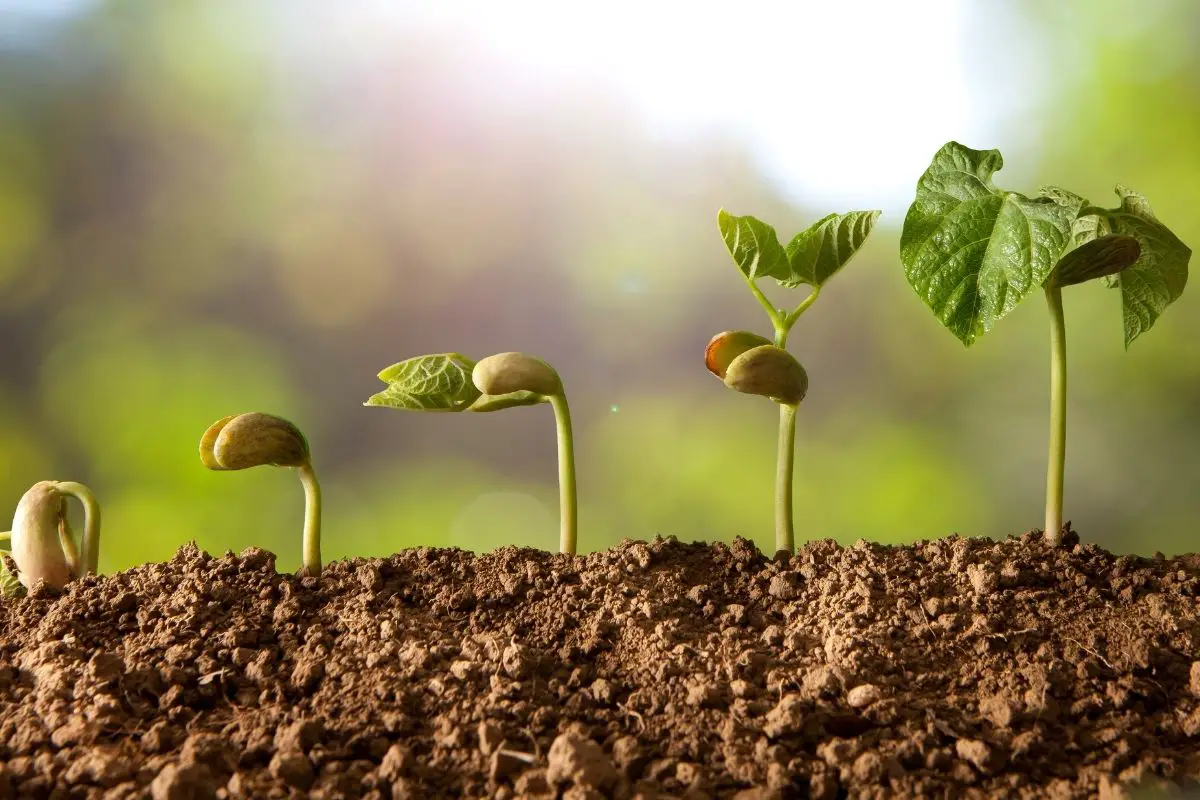
The avocado produces fruit most abundantly in sunny conditions. Although they will not grow in soil that is constantly wet, they do require regular watering and moisture so that the roots do not dry out. If you live in a dry or arid climate, you will need to make a point of regularly watering your plant.
Planting Avocado
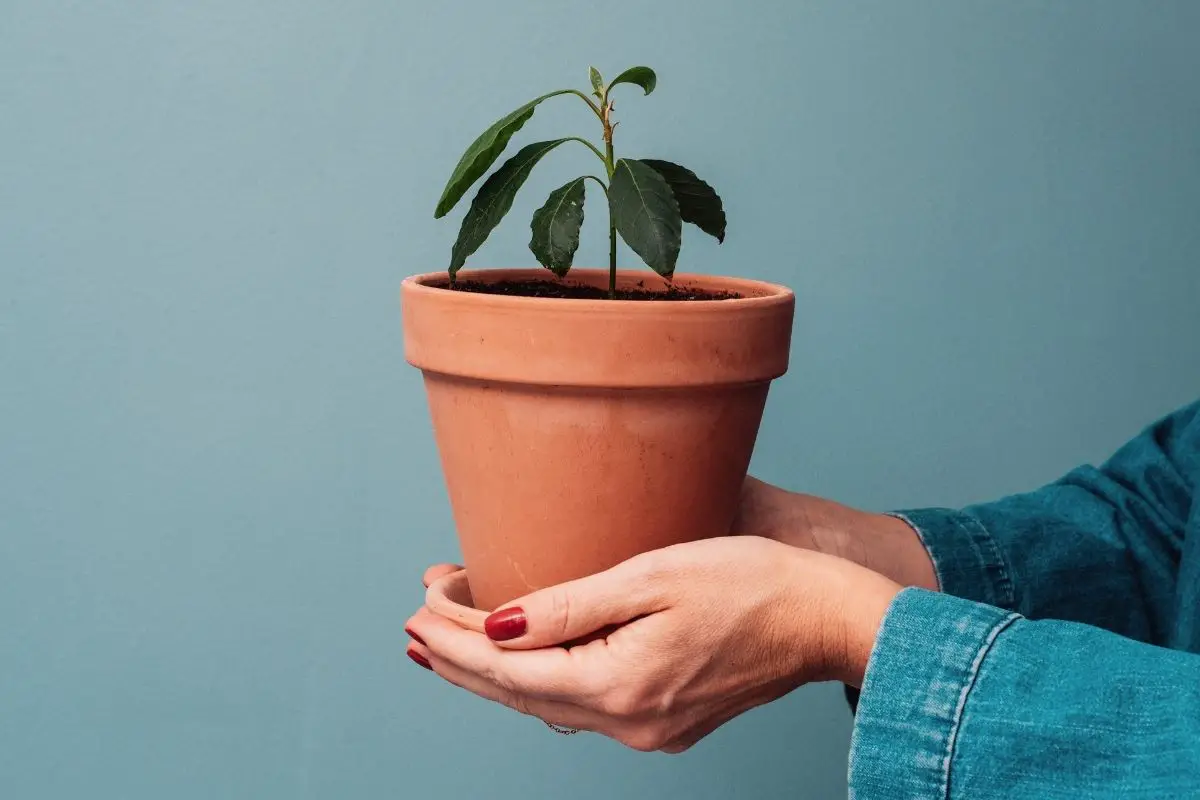
Avocado seedlings should be planted in a hole that is slightly wider than the root ball. Once planted, the seed should be covered with loose, loamy soil. Avocado roots are sensitive to bumping, breaking, and damage.
They must be gently lowered into the hole with as little disturbance as possible. You should also mix compost with the soil. This will promote drainage and aeration. Adding mulch will help the soil stay cool and moist.
One good thing about avocado plants. They do not require much pruning. You can prune out dead branches, but otherwise let the plant be.
Too much pruning can stunt fruit production.
How to Tell if the Plant is Healthy
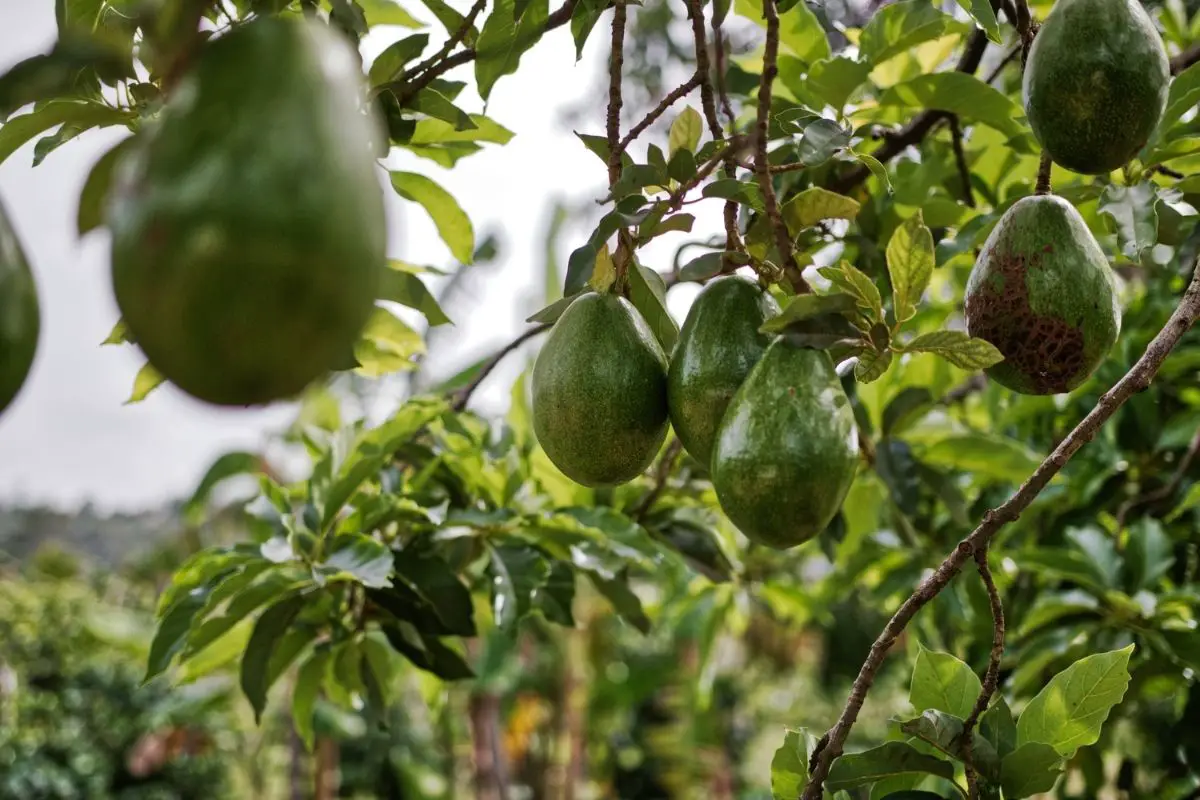
This is done mostly by looking at the color of the leaves. As red leaves age, they will become light green and then deep green. If all is well, the color of the leaves will remain uniform.
If there is a problem, the leaves may turn out blotchy. If your avocado plant or tree has root rot, then it will appear light green or yellow. The leaves may also have brown and necrotic tips or margins.
Foliage will wilt and drop as the disease progresses. This will expose the plant directly to the rays of the sun and slowly kill it.
The Destructive Potential of Avocado Plants

Avocado roots have a shallow length, but their width can be problematic. The plant has a highly competitive root system that can choke out nearby plants that compete with it for water, air, and nutrients. As the roots grow, they can even cause pavements, walls, and other concrete works to buckle and break.
To prevent such a far-reaching and aggressive root system from damaging any concrete work in your garden or the plants and trees in nearby gardens, you should keep it at least 30 feet from buildings and other landscapes. Planting it too close to other gardens can lead to poor growth in them. This can put you in hot water with neighbors.
In Summary
The roots of an avocado plant only grow 6 inches downward. As plants go, this is relatively shallow. The real issue is the breadth covered by the roots. The plant is one of the most aggressive in the struggle for the nutrients it needs to survive.
If you intend to seed your garden with avocado plants or a tree, you must ensure that the garden is large enough to keep it the recommended distance from other gardens and nearby concrete works.
